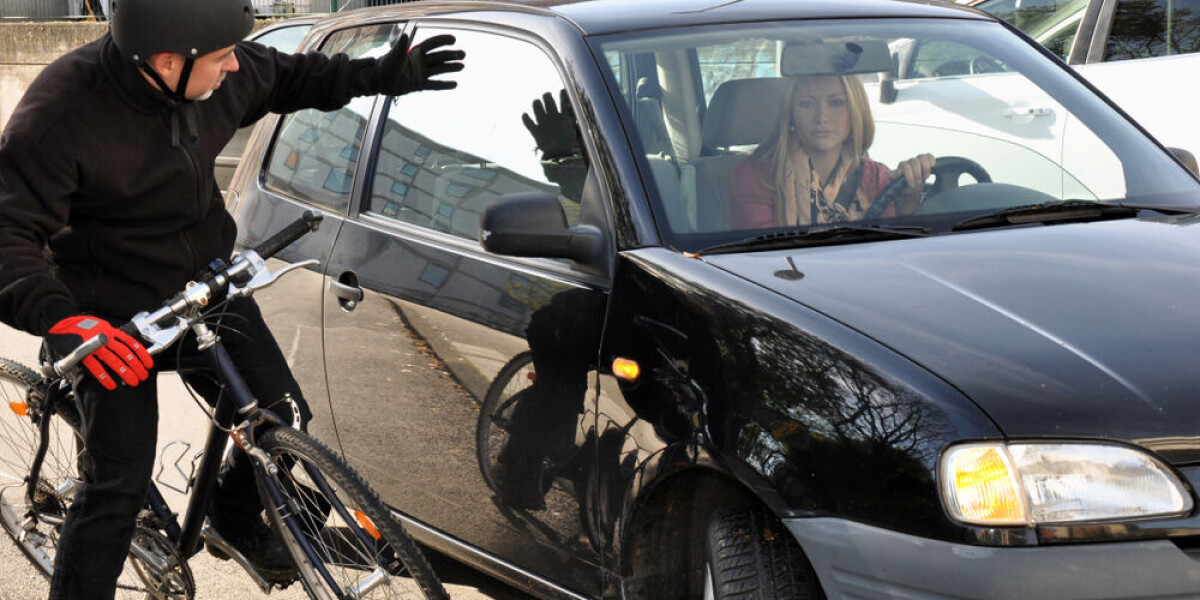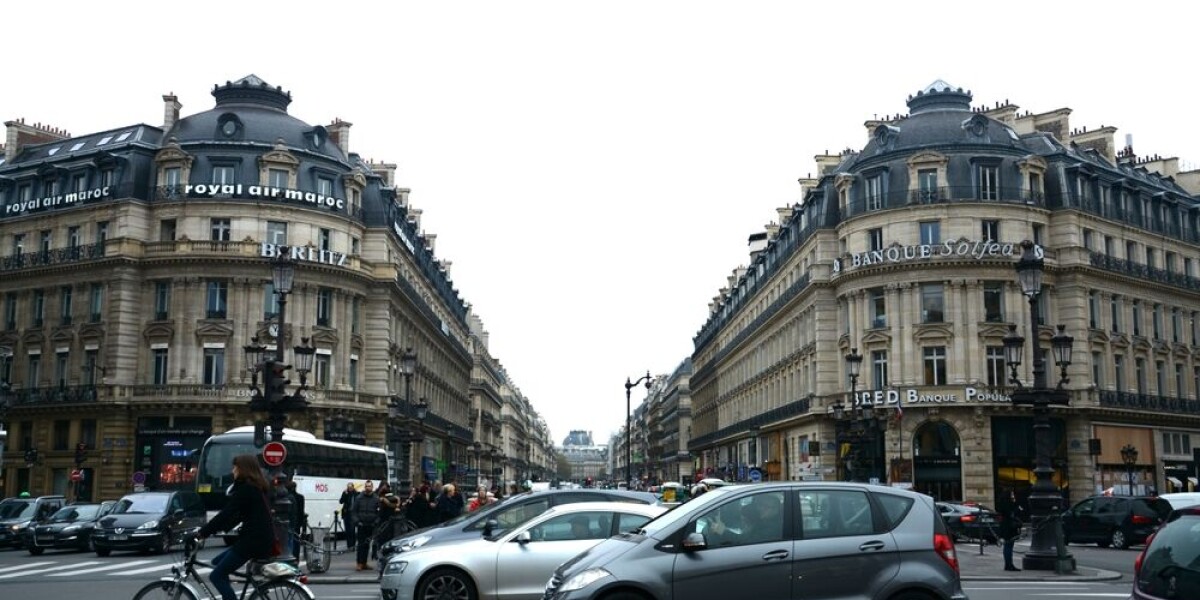
- Select a language for the TTS:
- UK English Female
- UK English Male
- US English Female
- US English Male
- Australian Female
- Australian Male
- Language selected: (auto detect) - EN
Play all audios:
IT COMES AFTER THE PARIS MAIRIE PROMISES HARSHER SANCTIONS AFTER A CAMPAIGN TO SPOT RULE-BREAKERS The Paris mairie has promised to crack down on cyclists that break road rules, after 11
police officers caught 88 cyclists breaking road laws on a single morning. In the 9th arrondissement on the morning of March 5, 11 police officers equipped with binoculars managed to catch
almost 90 cyclists breaking rules, reports Le Parisien. Infractions noted included: * Running a red light * Wearing earphones/headphones while riding * Cycling on the pavement instead of a
cycle path * Using a mobile phone on the handlebars * Speeding (cyclists are not allowed to exceed 20 km/h in many shared-space urban areas) The fine for these offences is €90. When it comes
to speeding, there is a tolerance margin of 10 km/h, but one of the cyclists caught on March 5 was doing 30 km/h, so exceeding the margin. “What's more, with his electric bike, he can
see how fast he's going,” said one of the police officers to Le Parisien. “He wasn’t braking. It was obvious straight away,” she said. Electric bikes should have a 25 km/h speed limiter
fitted. These offences are not confined to Paris. In Lille (Nord), the departmental road safety brigade has speed measurement devices which can check whether electric bikes are indeed
limited to 25 km/h. Paris officers are set to receive an extra 20 such devices in addition to their current ten by the end of this year. Nicolas Nordman, Paris deputy mayor in charge of
safety, said: “The rules regarding [these types of bikes] need to be clarified. Particularly with regard to the legality of their presence on cycle paths. “Pending clarification of the
regulations we are issuing fines for excessive speed because that is something we can control.” He also said that a working group has been set up, with participation from cyclists’
associations, to map the most dangerous crossroads in Paris. The campaign comes after a cyclist died in October 2024 in the capital after being hit by a car. The risk of a cyclist being
involved in an accident is three times higher than the rate for a car driver, show figures from national road safety observatory l’Observatoire national interministériel de la sécurité
routière (ONISR). The risk of being seriously injured is sixteen times higher. “At these listed locations, we will either carry out improvements, such as adding a cycle path or widening the
pavement, or, if these improvements have already been made, conduct regular police operations,” said Mr Nordman. Mayor of the 9th arrondissement, Delphine Bürkli, has said that she would
like to “create a team of municipal police officers dedicated to the protection of vulnerable users, including pedestrians and cyclists”. ROAD RULES FOR CYCLISTS Nationwide, there are rules
and regulations that cyclists must abide by when using public roads. Laws for cyclists include (as stated by the Sécurité Routière website): * No wearing of any device that may emit a sound
(headphones, earphones or earbuds) in your ears * No use of a hand-held telephone * No drink-cycling, above the limit of 0.25 mg/l. * Securely-closed helmets are compulsory for children
under 12 years of age, whether they are cycling, or are a passenger. There are also clear sanctions for breaking rules when cycling, the website also states. These include: Punished by an
€11 fine * Failure to use lights Punished by a €35 fine * Changing direction without prior warning * More than two cyclists travelling abreast on the road * Having a passenger on your bike
(without an extra seat attached) * Towing * Exceeding the maximum authorised speed * Failure to stop at an amber light Punished by a €68 fine * Failure to brake Punished by a €135 fine *
Riding on the pavement in built-up areas * Holding a telephone in your hand or wearing headphones * Riding in the wrong direction * Failure to stop at a red light * Failure to stop at a stop
sign * Moving up in queues from the right * Riding under the influence of alcohol * Speeding inappropriate to the circumstances (e.g. going too fast near pedestrians) * Overtaking without
giving prior warning * Failure to give right of way to pedestrians BIKE REPAIR Bikes must also be in a good state of repair when riding on roads. For example, they must: * Have a bell or
other form of audible warning * Front and back brakes * Yellow or white front light and flash * Red back light and flash * Orange reflectors on the wheels and pedals * Mudguard at the back *
Properly-inflated tyres SAFETY ADVICE In addition to the above rules, the government also advises that cyclists follow nine key safety points: * Check the condition of your bike: brakes,
lights and bell * Plan your route before setting off, favouring cycle paths. Use a website or app designed for cyclists, such as Geovelo. * Remember to bring safety accessories, such as a
helmet, lights, light-coloured clothing, and reflective items. * Indicate changes in direction by stretching out your arm. * Stay alert. Do not use headphones or earphones. They are
prohibited because they cut out traffic noise and increase the risk of accidents. * Do not ride after drinking too much alcohol. Above 0.25 mg/l is punishable. * In a group, ride in single
file. This is compulsory at night and when traffic requires it. Never ride more than two abreast. * Don't linger in the blind spots of buses and lorries. They are bigger than those of
cars, and can also cause air currents that can throw you off balance. * When riding around a bend, keep as close to the right as possible. Cars can only see bicycles at the last moment.









:max_bytes(150000):strip_icc():focal(999x0:1001x2)/lionel-messi-cristiano-ronaldo2-2000-853acf59ccf54c2bafae6238946c0513.jpg)